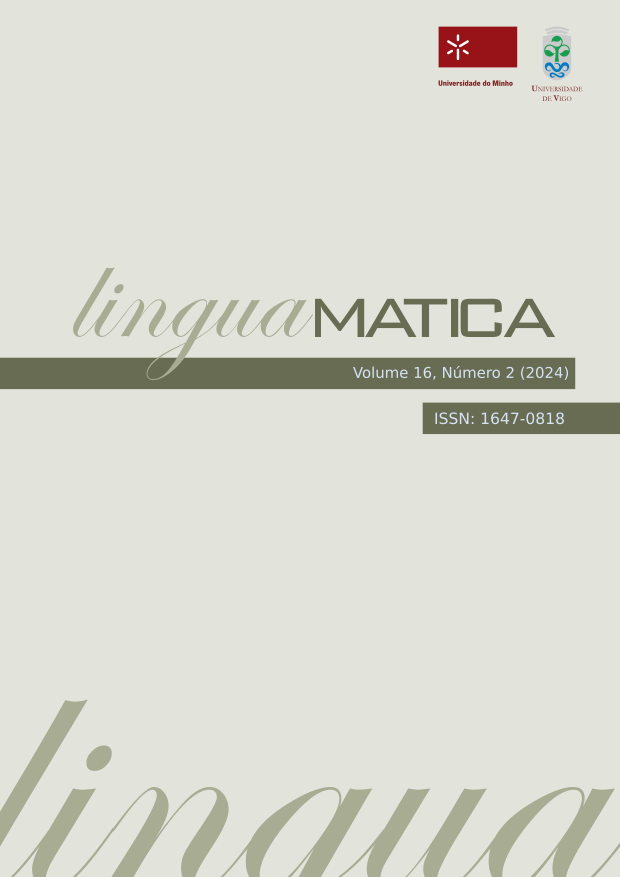Stance detection from text using semi-automatic corpus expansion
Abstract
Computational stance detection---the task of determining, given an input text, the attitude (e.g., for or against) towards a particular target topic---usually makes use of annotated corpus as training data and, since possible topics are in principle unlimited, so is the need for new labelled datasets about every topic of interest. In order to overcome some of these challenges, the present work adapts to the stance prediction task an existing corpus expansion method that has been originally devised for sentiment analysis. The method is applied to a large (46K instances) Brazilian Portuguese corpus conveying stances towards six target topics of moral and/or political nature, achieving a substantial increase in the number of labelled instances. Results from both automatic and human evaluation suggest that adding semi-automatically labelled data to the corpus does not decrease accuracy, and that the majority of these labels are correct.
Copyright (c) 2024 Camila Pereira e Ivandré Paraboni

This work is licensed under a Creative Commons Attribution 4.0 International License.
Authors who publish with this journal agree to the following terms:
- Authors retain copyright and grant the journal right of first publication with the work simultaneously licensed under a Creative Commons Attribution License that allows others to share the work with an acknowledgement of the work's authorship and initial publication in this journal.
- Authors are able to enter into separate, additional contractual arrangements for the non-exclusive distribution of the journal's published version of the work (e.g., post it to an institutional repository or publish it in a book), with an acknowledgement of its initial publication in this journal.
- Authors are permitted and encouraged to post their work online (e.g., in institutional repositories or on their website) prior to and during the submission process, as it can lead to productive exchanges, as well as earlier and greater citation of published work (See The Effect of Open Access).













